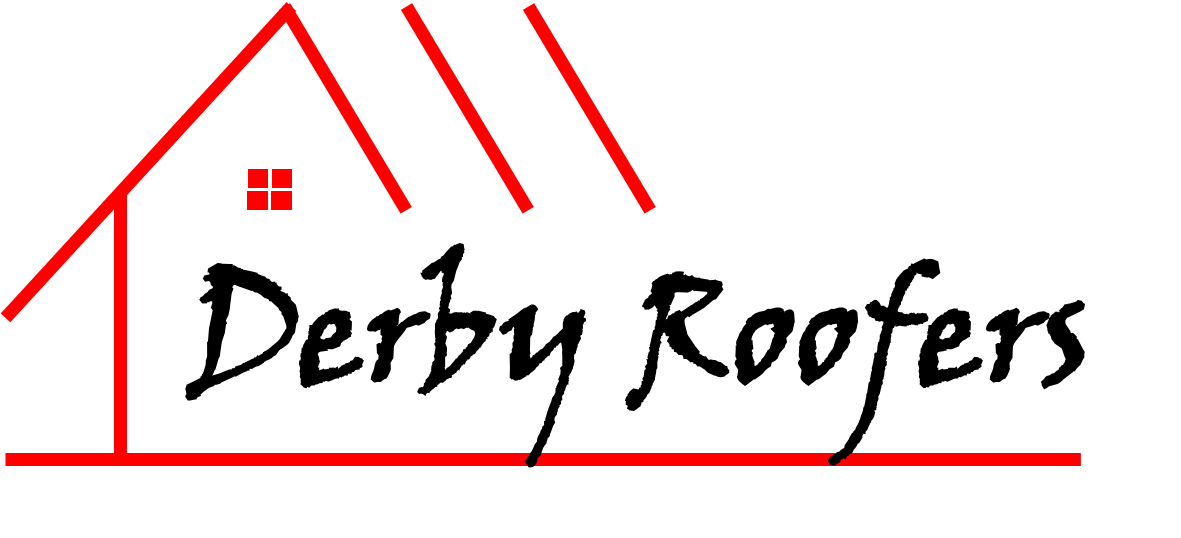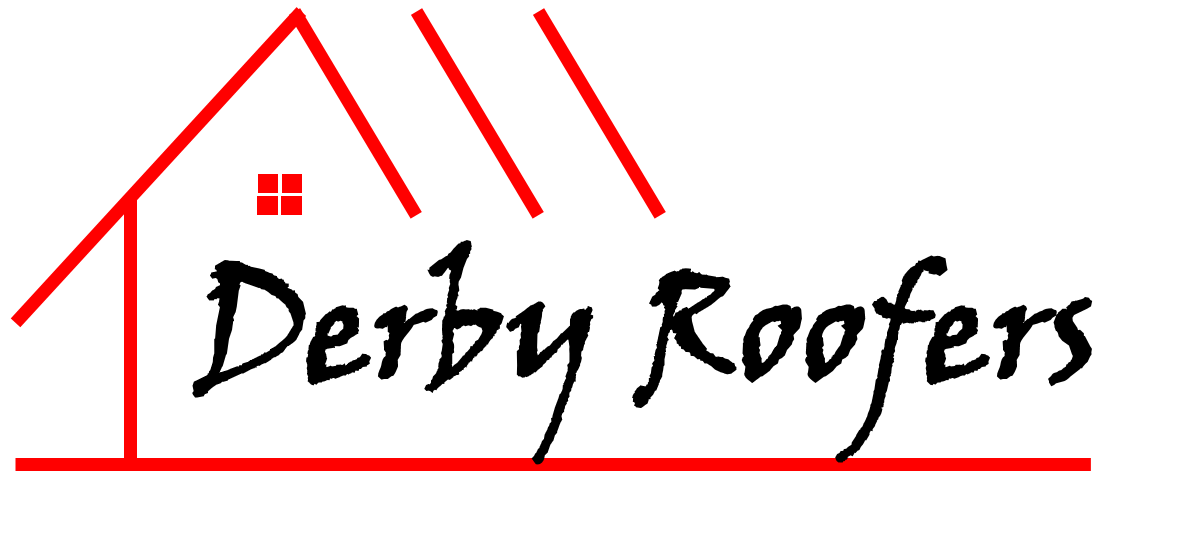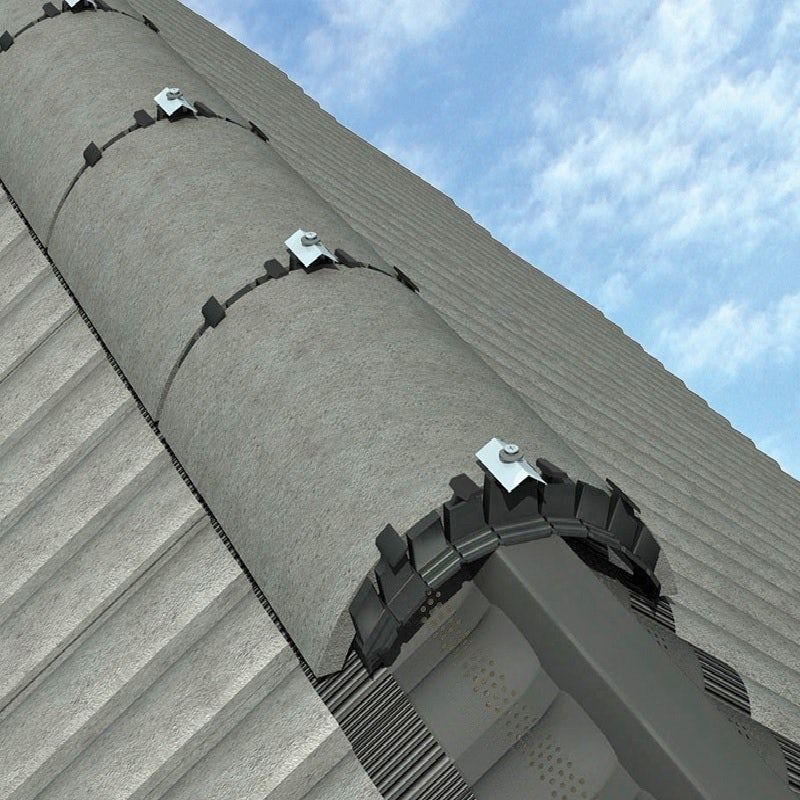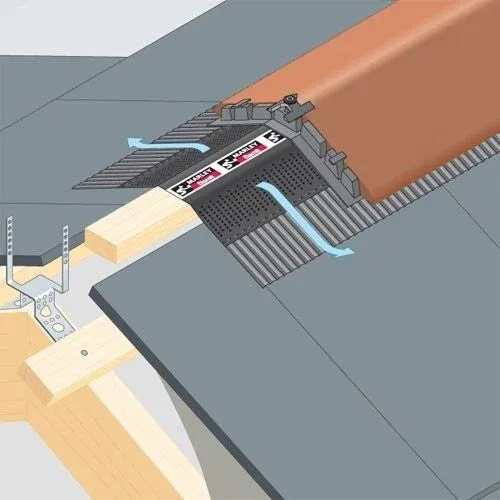Are Dry Verge A Good Idea?
Dry verges are a system used to create a weather-tight seal between the roof tiles and the verge (the edge of the roof). They are most commonly used on pitched roofs, but can also be used on flat roofs.
Dry verges are made from a variety of materials, including plastic, concrete, metal, and even wood. They are typically installed by attaching them to the roof with screws or nails and then filling the gaps between the tiles and the verge with mortar or another sealant.
Dry verges have several benefits over traditional wet verge systems. First, they create a much more weather-tight seal, which can help to prevent water infiltration and damage to the roof. Second, dry verges are much easier to install and maintain than wet verges, and they can be installed on both pitched and flat roofs.
Finally, dry verges can help to extend the life of your roof by protecting the tiles and the verge from weathering and wear. By keeping the tiles and verge in good condition, you can avoid costly repairs or replacements down the road.
If you're considering adding dry verges to your home, contact a qualified roofing contractor to discuss your options and get an estimate for installation.
Can You Fit Dry Verge To Slate Roof?
It is possible to fit a dry verge to a slate roof, but it can be tricky. The first step is to make sure that the slate roof is in good condition and that there are no loose or damaged slates. If there are any loose or damaged slates, they will need to be repaired or replaced before you can fit the dry verge.
Once you have checked the condition of the slate roof, you will need to measure the width of the gable end. This is the distance from the edge of the roof to the apex (highest point). You will then need to cut some timber battens to this width.
The next step is to fit the timber battens onto the slate roof. These should be fixed securely into place, making sure that they are level. Once the timber battens are in place, you can then start to fit the dry verge units onto them.
When fitting dry verge units, it is important to make sure that they are fitted correctly. If they are not fitted correctly, they could come loose and fall off, which could cause damage to your property or injure someone.
If you are not confident in fitting dry verge units yourself, you may want to hire a professional to do it for you. This will ensure that the job is done properly and that there is no risk of damage or injury.
Once the dry verge units are in place, you can then start to lay the slate tiles onto them. It is important to make sure that the tiles are level and that they are fitted correctly. If they are not level, they could slide off, which could cause damage to your property or injure someone.
If you are not confident in fitting slate tiles yourself, you may want to hire a professional to do it for you. This will ensure that the job is done properly and that there is no risk of damage or injury.
Once the slate tiles are in place, you can then start to fit the ridge tiles onto them. It is important to make sure that the ridge tiles are level and that they are fitted correctly.
Can Dry Verge System Be Fitting Over An Existing Mortar Roof Verge?
The short answer is yes, the dry verge system can be fitted over the existing mortar. However, there are a few things to keep in mind. First, the mortar should be in good condition and free of any cracks or damage. Second, the mortar should be properly cured (i.e., not too wet or too dry). Third, the dry verge system should be compatible with the mortar mix being used.
Assuming all of these conditions are met, fitting a dry verge system over mortar is relatively straightforward. The first step is to clean the surface of the mortar so that the dry verge can properly adhere. Next, the dry verge is simply glued or otherwise attached to the top course of bricks using a suitable adhesive. Finally, the joints between the dry verge and the mortar are filled with an appropriate sealant to prevent water infiltration.
With proper installation, a dry verge system can provide an effective and attractive way to finish the side of the roof. However, it is important to make sure that all conditions are met before starting the project. Otherwise, problems could arise down the road.




